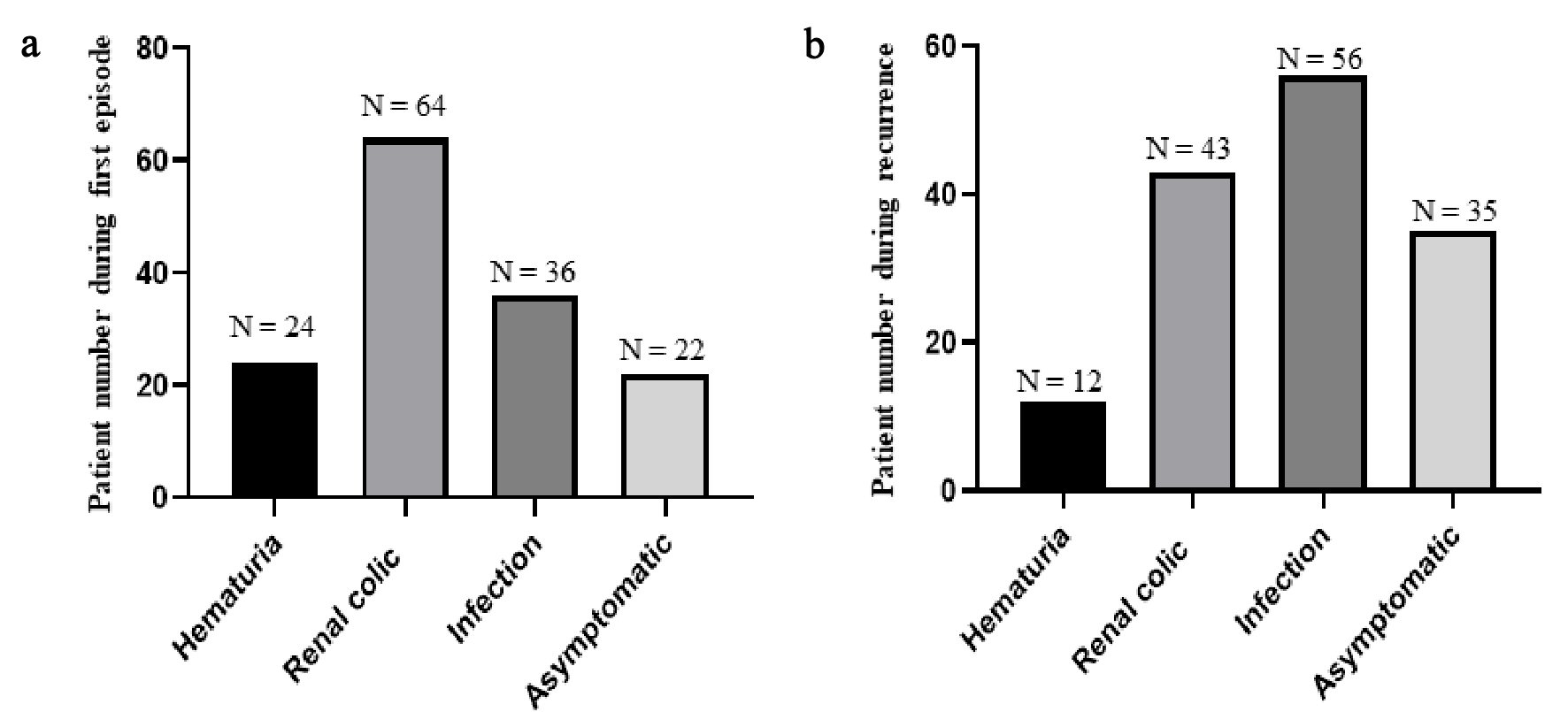
Figure 1. Distribution of body mass index of patients with recurrent KDS. As shown in this figure, 64 patients had an abnormally high body mass index (BMI).
| Journal of Clinical Medicine Research, ISSN 1918-3003 print, 1918-3011 online, Open Access |
| Article copyright, the authors; Journal compilation copyright, J Clin Med Res and Elmer Press Inc |
| Journal website http://www.jocmr.org |
Original Article
Volume 11, Number 3, March 2019, pages 208-212
A Retrospective Study of Kidney Stone Recurrence in Adults
Figures


Tables
| Normal (Grade 0) | Mild (Grades 1 and 2) | Moderate (Grade 3) | Severe (Grade 4) | |
|---|---|---|---|---|
| *P < 0.05 compared with the number of patients who had the corresponding grade in the first stone episode. | ||||
| First episode (n) | 17 (11.64%) | 62 (42.47%) | 34 (23.29%) | 33 (22.60%) |
| Recurrence (n) | 26 (17.81%) | 87 (59.59%) | 16 (10.96%)* | 17 (11.64%)* |
| Stone composition | Number of patients |
|---|---|
| *P < 0.05 compared with the number of patients in any of other groups. | |
| Calcium oxalate | 79* |
| Calcium oxalate + hydroxyapatite | 21 |
| Calcium oxalate + magnesium ammonium phosphate | 17 |
| Uric acid | 8 |
| Uric acid + calcium oxalate | 15 |
| Uric acid + calcium oxalate + hydroxyapatite | 6 |